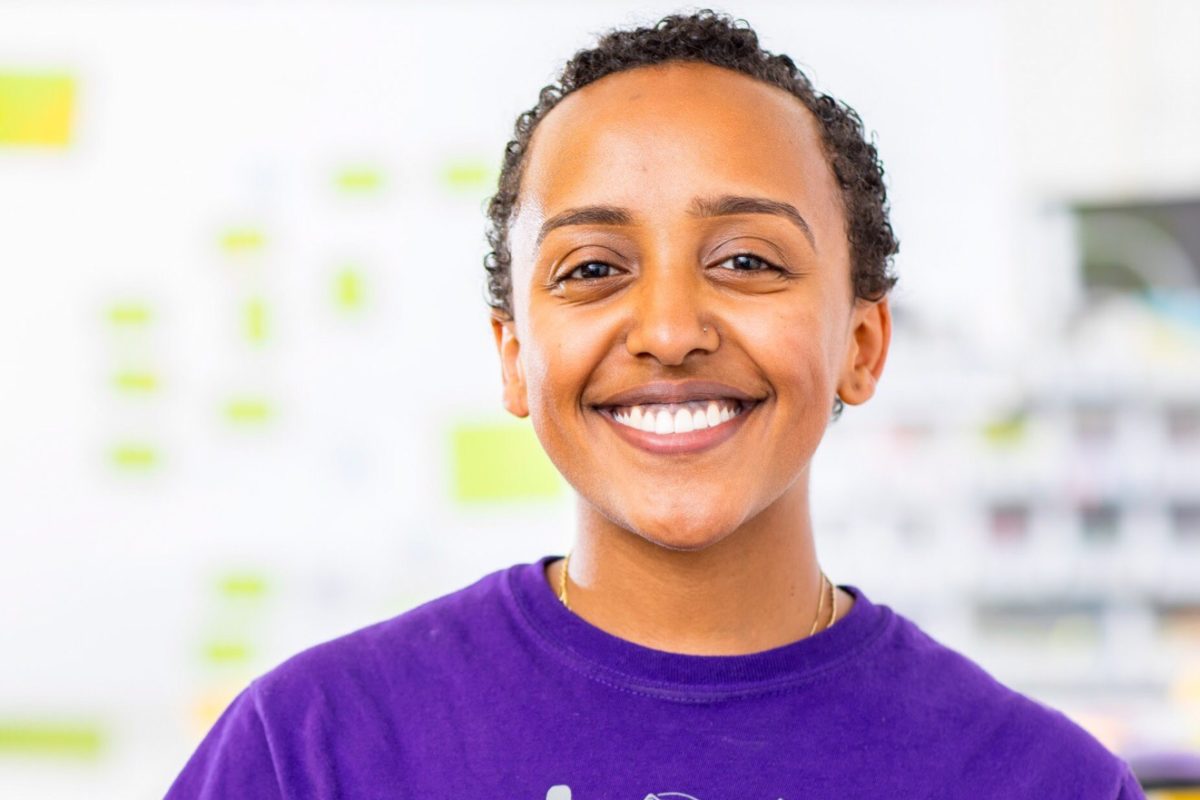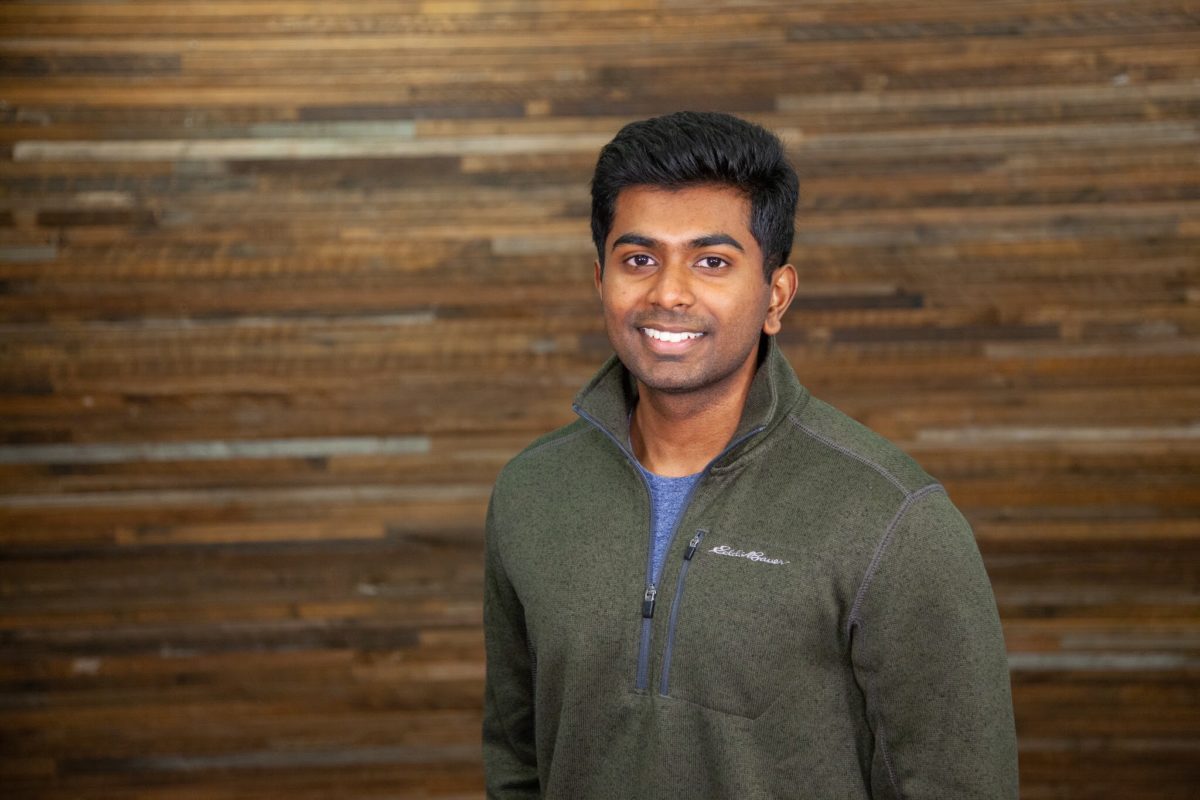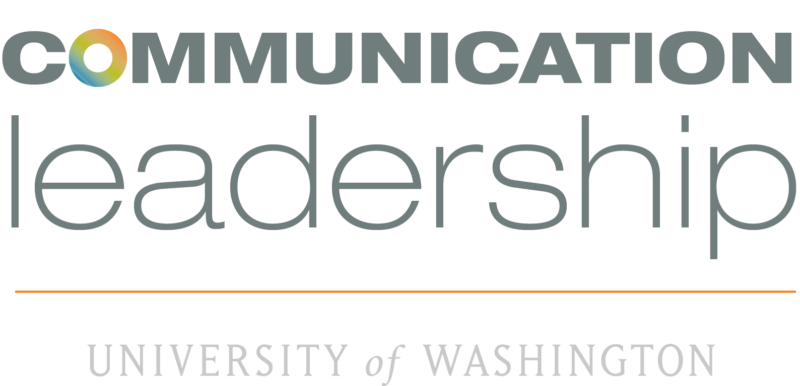
Tsewone Melaku was struggling in her sophomore calculus class at the University of Washington.
Melaku’s family, recent refugees from Ethiopia, had pinned a lot of hopes on her success as the first in the family to attend college.
“I was doubting myself and thinking, why am I here?” she says, remembering the darker moments when she considered withdrawing from the class.
Just when she was her most vulnerable, she went to her teacher for help. The teacher told her she just might not be a good fit for the engineering major she’d chosen.
Melaku is not alone amongst minority students from communities like hers. Many face the similar barriers and struggles. In the United States, minority students face constant and systematic disadvantages when it comes to pursuing STEM education and careers.
A 2018 Pew research shows that black and Hispanic people are underrepresented in STEM occupations. The share of black and Hispanic employees working in STEM jobs is 9% and 7% respectively. Their share in the overall US workforce are 11% and 16%.
Black people in STEM jobs also report experiencing workplace discrimination due to race more than those in non-STEM jobs — 62% vs. 50%.
Melaku says the barriers she faced in pursuing a STEM career go back to high school, where she says there were not a lot of black students in her math class with her.
“It would be me and two other black students who are in the class,” Melaku said. “It was not because of the lack of interest. It was more about the lack of access. I don’t feel like we were connected to STEM when I was in my community, and the truth is, if you don’t understand something, you would not like it.”
Statistics support the idea that community and family influence plays an important role in kindling the early interests of younger students. In a study from George Mason University in Virginia, 65.5% of students in a science-based program said their initial interest in science was sparked by a conversations with a family member or a childhood activity. The lack of familiar social groups for minorities in STEM — where white students dominate — also tend to keep minorities from going into science and technology classes.
While overt or implicit bias in admissions practices and grading are probably factors in STEM’s lack of diversity, STEM’s lack of community for minority students is a barrier that can’t be ignored. The early presence of role models from the STEM industry is crucial for minority students to get started in the field. And mentorship and networking with other engineers, programmers, and scientists of color are vital all the way from higher ed, into the job market and up the corporate ladder.
Get inspired, get help
In the state of Washington, a variety of student and professional organizations try to address this problem by reaching out to minority communities to help them get into STEM education. They offer different kinds of help, ranging from more direct support like financial aid, to network support like mentorship opportunities.
Monish Naidu is a graduate student in the Align Master’s Program from Northeastern University in Seattle. He was born in Fiji, in the South Pacific. As the first person in his family to pursue higher education in the United States, Naidu said he has to navigate his own path.
He says that financial help from nonprofits serving underrepresented students, and the networks they provided, helped to build who he is today.
“There are resources out there for us,” Naidu said. “You don’t know what you don’t know, so ask questions and reach out to people, don’t wait for everything.”

While attending the University of Washington as an undergraduate, Naidu was a recipient of the Washington State Opportunity Scholarship.
The state-funded scholarship provides financial assistance to students from low- and middle-income households who are pursuing bachelor’s degrees in STEM and healthcare fields at a college or university in Washington.
In 2018, among 1,863 recipients of the Washington State Opportunity Scholarship, more than half (59%) of eligible applicants self-identify as students of color.
The program Naidu is attending now at Northeastern University, a private school, also offered him a scholarship to cover the cost of his first semester of study.
A 2016 report from the Washington Technology Industry Association summarized national and state organizations dedicated to championing diversity in tech. The focus of these 80 listed organizations ranges from K-12 education (28), higher education (10) to professional transition (21) and tech professional development (21).
Professional associations such as the National Society of Black Engineers and Latinos in Tech Washington give voice and networking opportunities to underrepresented groups.
Reshaping the future
In spite of the discouragement of her calculus instructor, Melaku didn’t give up.
She discovered her major, Human-Centered Design and Engineering through a networking event organized by Making Connections, a program at the Women’s Center of the University of Washington that connects students in underrepresented groups to professionals in STEM fields.
The career panel of Seattle-area women engineers included a Boeing employee. As Melaku listened to her talk passionately about the impacts of her work as an engineer, her vision for her own career began to take shape.
“It was truly inspiring. That was a moment where I felt this is possible for me,” Melaku says. “A world that has always felt far away is actually very tangible. I can have that kind of influence I want in this industry. I have power.”
She took the challenge and thrived as an engineering student. Now an alumnus, Melaku is working in Los Angeles as an analyst at a global management consulting company Accenture.
She says seeing someone like her succeeding made her realize her own potential. While in college, she took on leadership roles like the regional chair for National Society of Black Engineers’ Pre-College Initiative and taught a class at the University of Washington about diversity and inclusion. She also became a mentor in the Dream Project, a college-access and retention program that partners UW students with first-generation and low-income Seattle high school students to assist in the college admissions process.
When she was invited to be in the leadership team of the Dream Project, she pushed to change the curriculum to explicitly acknowledge more of these challenges. Mentors and mentees can come from very different backgrounds, and Melaku feared that without cultural competency and specific awareness towards social justice issues, miscommunication between mentorship pairs could happen.
Melaku helped reshape the curriculum to prioritize topics like power, privilege, oppression, racism and social awareness.
Entering the job market
Changing the culture on campuses alone is not enough. Systematic bias and network barriers exist in the professional world as well. At Microsoft, for example, a 2018 diversity report found that, Black, Latino, Pacific Islander, Native American and multiracial employees combined made up just 12% of its workforce. In leadership roles at Microsoft, the percentage drops to 7.9%. In contrast, leadership roles at Microsoft are 66% white and 25% people of Asian descent.
While Amazon, another tech giant of the region, reports better diversity figures in leadership, it still doesn’t match the demographics of the United States. According to Amazon’s 2018 figures, 7% of its management workforce is Black, 7% is Hispanic, while white employees make up 61% and employees of Asian descent make up 20% of management roles.
Even after years of diversity initiatives at big tech companies, any improvement on these statistics has been slow.
Steven Matly, founder and CEO of SM Diversity, believes that’s because the companies’ initiatives usually ignore the key factor in building a more diverse workforce: networks.
“The existence of the job referral system means that people would usually recommend people within their network circle to their companies’ job interview,” Matly said. “For employers, if they don’t consciously include, they will unconsciously exclude.”
SM Diversity is a recruiting, staffing and consultant-referral firm that helps companies diversify staff and address inclusion issues. Matly’s firm helps companies analyze their workforce demographics and come up with ways to address a lack of diversity. He also advises companies to be aware of whether their referrals system has been bringing less diversity and to put more deliberate efforts in encouraging diverse referrals.
Matly said companies should embrace diversity consciously by hiring third-party organizations to analyze their workforce and disrupt the referral system in job application processes. This could be done by giving voice to their minority employees.
On the other hand, Matly’s own experience going from a high school drop-out to a self-made entrepreneur has made him a firm believer in the kind of self-improvement that young people of color like Tsewone Melaku or Monish Naidu demonstrate: taking advantage of the resources available, attending networking events, building the most professional online and offline presence possible, and ultimately believing in their own ability to succeed in the tech world, in spite of the challenges.
“Don’t be rigid,” Matly says. “Always be willing to adapt. Be like water, so you can reshape your future.”
This story was written as part of The Seattle Globalist’s 2019 Emerging Tech Fellowship, in partnership with the University of Washington’s Communication Leadership master’s program.


